Bose is not standing still, and remains a company committed to thinking beyond what could be imagined.
|
In 1978, Dr Amar Bose was on a flight home after a business trip. He was looking forward to this flight because this would be his first opportunity to use what were then new electronic headphones. Although these types of inexpensive headphones are ubiquitous today, they were novel in 1978. Prior to their introduction, airlines used pneumatic tubes to deliver audio to their passengers – think stethoscopes. As the flight took off, Dr Bose put the headphones on. He was sorely disappointed. The headphones offered better performance, but the designers apparently hadn’t considered one important factor – the loud ambient noise in the aircraft cabin. Wind noise and the drone of the aircraft’s engines interfered with the audio, rendering his new headphones only marginally better. Dr Bose asked himself: why can’t headphones be developed that deliver the desired sound while cancelling, or rejecting, unwanted noise? This seemingly simple question was to require a significant research & development effort. |
|
That resulted in a research project that would span 11 years before producing a viable commercial product. Since 1989, when Bose launched the first commercially available active noise cancelling headset, it has introduced five models of ANR headsets designed for pilots flying a wide variety of aircraft, each representing a significant improvement over previous versions. Lighter, less clamping force, improved noise reduction and new feature sets are some of the notable improvements Bose has made over the years. One important part of Bose’s design philosophy is that no new aviation product will be introduced until and unless there is a meaningful improvement compared to the previous model. Such improvements do not come easily and require significant research and development efforts. |
|
The current offerings from Bose are the A20 Aviation Headset and the ProFlight Series 2 Aviation Headset. Each is designed for a specific mission and offers unique performance benefits. The FAA TSO/EASA ETSO certified A20, which is an around-ear design, was introduced in 2010 and has been one of the most popular on the market. It represented a significant improvement over the previous model, providing greater noise reduction in louder environments over a broader range of frequencies. In 1978, because of a disappointing experience, Dr Bose asked why something is the way it is and wondered why it couldn’t be better. That curiosity and desire to do things better, to not accept the status quo, still permeates the culture at Bose. There remains an unwavering drive to deliver real technology that improves the user’s life in some meaningful way. Although the A20 and ProFlight 2 dominate the market in terms of overall performance and popularity among pilots, Bose refuses to stand still and remains a company committed to thinking beyond what is to imagine that could be. |
























